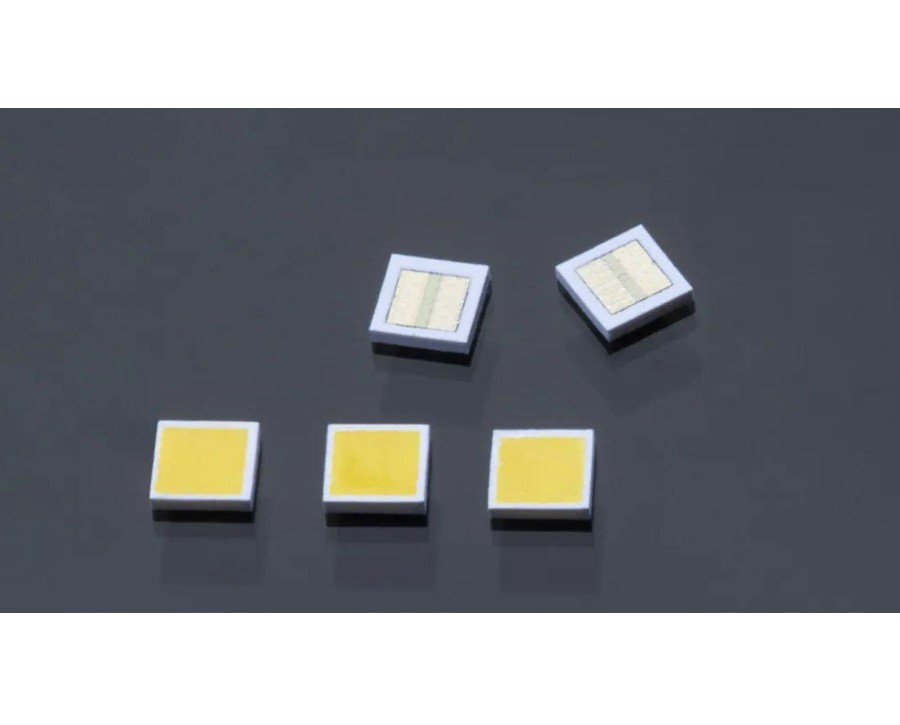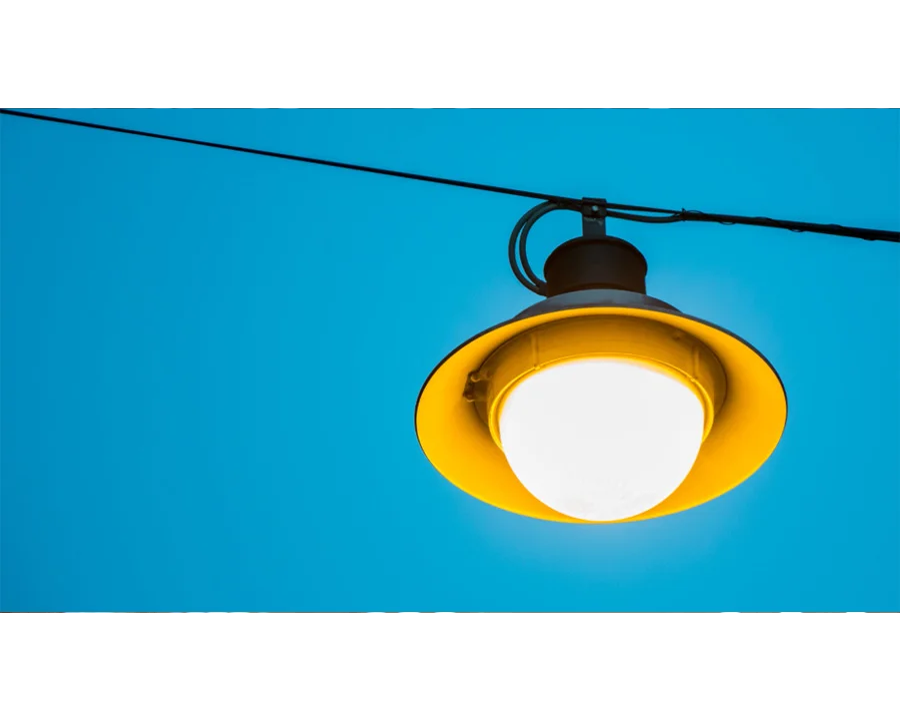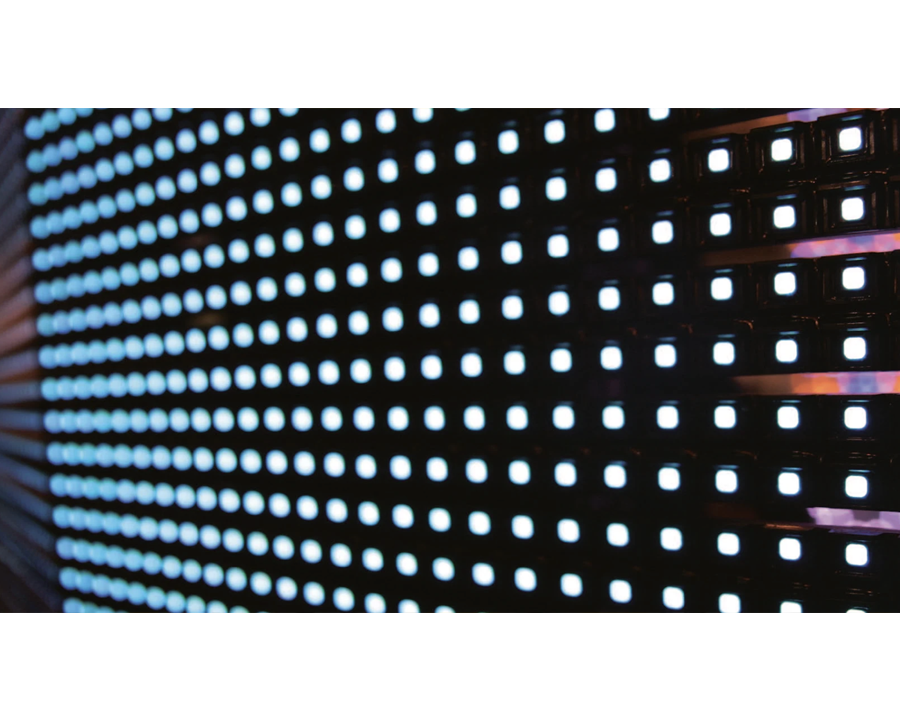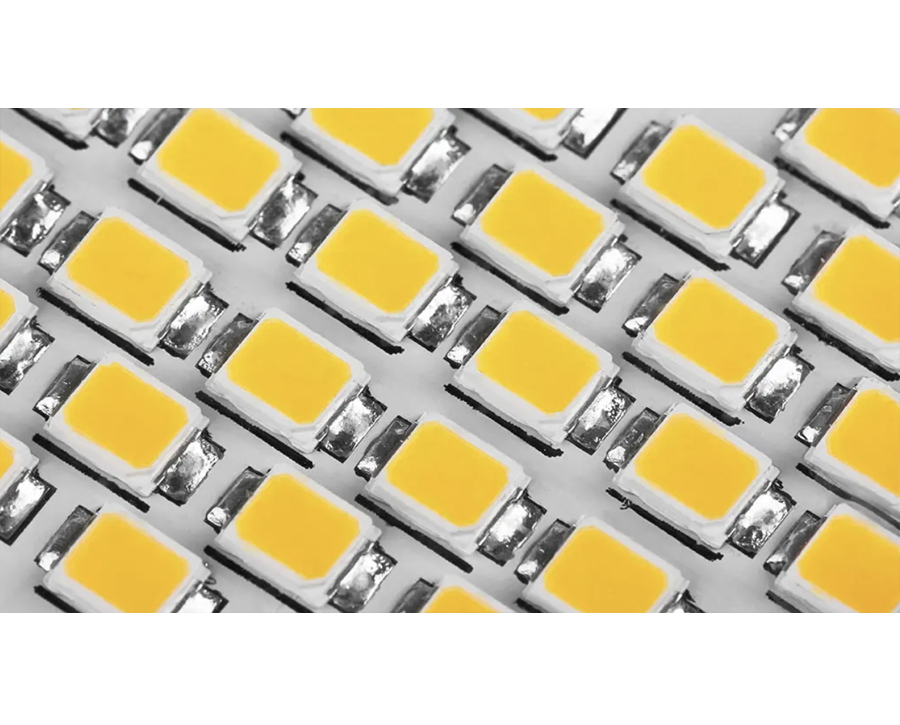
LED technology has remarkably changed how we illuminate our homes, workplaces and even our vehicles. COB LEDs (Chip-On-Board LEDs) is a step forward in efficiency in addition to design since it provides brighter and more compact COB LED products for different applications. Let’s explore it.
What Is a COB LED?
COB, or Chip-On-Board LED technology is the LED packaging when several LED chips are situated as close as possible in terms of the distances between them on the substrate or circuit board. In contrast, regular LED applications employ separate diodes encapsulated in their own individual packages, COB LEDs place dozens, or even hundreds of micro diodes in one single COB module.
This unique architecture provides several advantages:
- Compact Design:
By grouping many LEDs in a dense formation, COB LEDs reduce the space required for lighting components. This compactness makes them ideal for applications where space is limited.
- Single Light Source Appearance:
Unlike traditional LEDs, which may appear as multiple-point sources of light, a COB LED emits light uniformly, creating a single, bright beam. This results in minimal glare and more natural illumination.
- Efficiency:
COB LEDs are incredibly efficient due to their design. Since the chips share a single substrate and use fewer components, energy losses from wiring and connections are minimized.
- Thermal Management:
COB LEDs generate less heat per lumen compared to other LED types. This feature not only improves their lifespan but also reduces the need for additional cooling mechanisms.
How Does COB Differ From Traditional LED Technologies?
Traditional SMD LEDs (Surface-Mounted Diodes) are more common in consumer-grade products like strip lights and displays. While they are versatile and widely available, they cannot match the brightness or uniformity of COB LEDs.
Let us also consider High-power LEDs. They are compact, high-intensity sources of light often used in flashlights and spotlights. Although they offer high luminosity, they are not as efficient and small as COB technology.
What Are the Benefits of COB LED?
Due to the nature of COB LEDs and their design, they offer multiple advantages over previous generations of LEDs. This makes it a popular option for various applications. These benefits include:
- Better Light Output
COB LEDs have higher yield of lumen per watt, thus they give out more light without drawing more wattage. This reduces the glaring common with ordinary LEDs since they are uniform in light intensity throughout their beam.
- Improved Energy Efficiency
Among all the advantages associated with the use of COB LEDs, energy efficiency ranked the highest. In their process, they convert more electrical energy to light and create relatively little waste heat, consuming relatively little energy. This makes them environmentally friendly and economical in the long run.
- Reduced Heat Output
Despite their high brightness, COB LEDs generate less heat. This is due to the shared substrate, which improves heat dissipation. Lower heat production reduces the risk of overheating and contributes to longer-lasting performance.
- Longer Lifespan
The reduced thermal stress and simplified design mean COB LEDs typically outlast traditional LED modules. Their extended lifespan translates to fewer replacements and lower maintenance costs.
- Compact and Versatile Design
COB LEDs are suitable for a variety of uses including floodlights all the way through to downlights. That is why COB LEDs can be so effective in thin or highly stylized modern design; they pack a lot of lumen into a very small space.
- Enhanced Aesthetics
As COB LEDs lighting is produced by one source, the light appears to be purer and more natural compared to the use of several sources; this makes the technology particularly appropriate for architectural and decorative lighting applications.
COB LEDs are not only energy efficient and durable but also flexible in an array of modern advancements in the lighting technologies. These advantages make them a preferred product for applications where the need is for miniaturized, highly efficient, and energy-saving lighting.
Applications of COB LED Technology
The use of COB (Chip-on-Board) LEDs has greatly benefited the modern lighting industry, thanks to their compact size and high light intensity:
Industrial Lighting
COB LEDs are commonly used in commercial applications such as warehouses, factories, providing high lumen for application demand for bright uniform light. They are efficient to use for the environment that needs constant lighting and are durable to allow optimal safety and productivity reducing frequent replacement expenses.
Automotive Lighting
In the automotive industry, they are applied to car headlights, rear lights, and instrument cluster illumination. Due to their small dimensions, high brightness and uniform illumination they enhance visibility as well as beautify our environment. Further, their energy efficient approach dovetails with the automotive sector’s inclination toward better and sustainable solutions.
Residential and Commercial Spaces
COB LEDs serve diverse needs in homes, offices, and retail stores. Their applications range from ambient and task lighting to accent lighting in displays. For instance, retail spaces use COB LEDs in track lighting to highlight products effectively, enhancing customer experience and visual appeal.
Special Applications
COB LEDs are increasingly integrated into specialized lighting, including horticulture (promoting plant growth), medical lighting (for precision and clarity in surgeries), and smart home systems. They are also used in wearable devices and architectural designs, reflecting their versatility and adaptability.
Selecting Appropriate COB LEDs for a Project
Choosing the right COB LED for a project involves several critical considerations:
- Lumen Output
Determine the brightness needed for the application. Industrial spaces require high-lumen COB LEDs, while residential setups might prioritize energy efficiency over intense brightness.
- Wattage
Evaluate energy consumption relative to brightness. Lower wattage is preferable for sustainable, cost-effective lighting solutions.
- Color Temperature
Select color temperatures based on the environment. LED lights with hue temperatures between 2700K and 3000K are recommended for domestic use because of the warm light they produce, but light between 4000K to 5000K is appropriate for commercial use as it improves focus.
- Beam Angle
Adjust the beam angle accordingly to the specific use of the lighting. Broad spreads are perfect for general lighting; Medium and narrow spreads are ideal for spot or special lighting.
Best COB LED Suppliers in the Market
The COB LED market is highly competitive, with several top-tier manufacturers leading the industry:
- LEDSINO
Ledsino is a leading manufacturer and supplier of innovative LED display solutions and indoor/outdoor lighting systems like COB LED. We have over 10 years of experience in designing and manufacturing of creative led products for many applications of advertising indoors and outdoors, sports, events, transportation and many more.
- Bridgelux
Bridgelux provides affordable yet efficient COB LEDs, popular for residential and commercial installations. Bridgelux is also committed to sustainable lighting technologies.
- Philips Lumileds
As a key player in global LED and microLED technology, Philips Lumileds offers lighting products in automotive, display, illumination and mobile sectors. Currently, Philips Lumileds produces COB LEDs for different lines of application such as retail and automotive lighting.
Conclusion
COB LEDs are now a necessity for multiple applications because of their high efficiency, adaptability and increased performance compared to other light sources. What’s more, if you know about their use and select the proper products, you can get the maximum potential of their usage in any project.
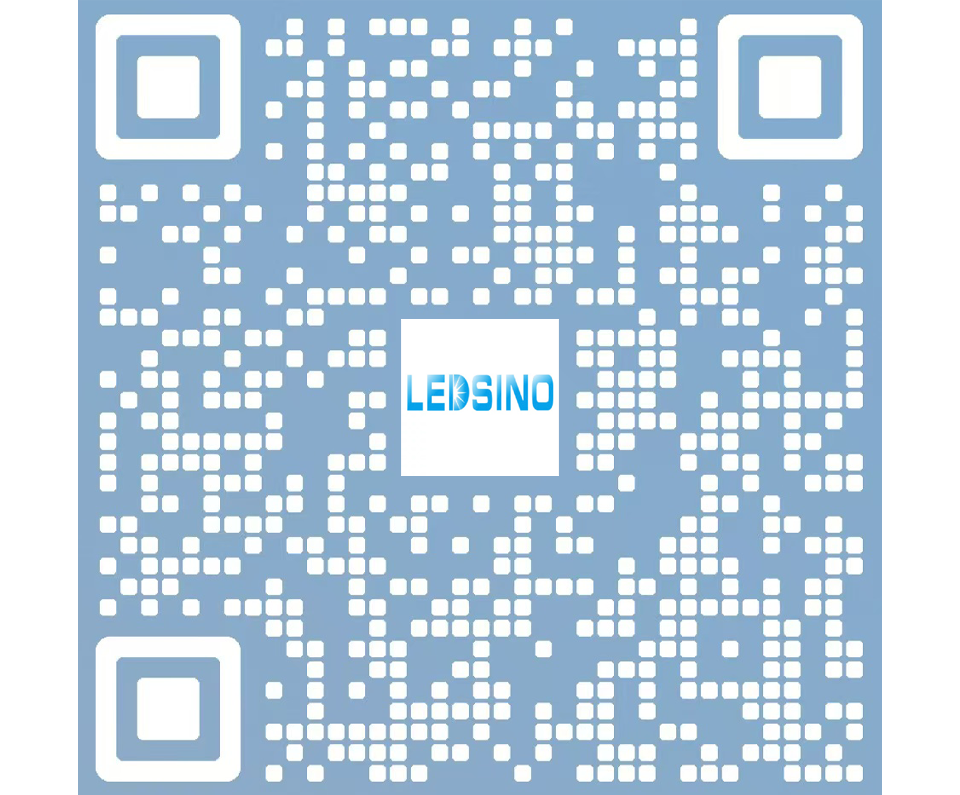
Enter the digital world with our advanced display technologies.



